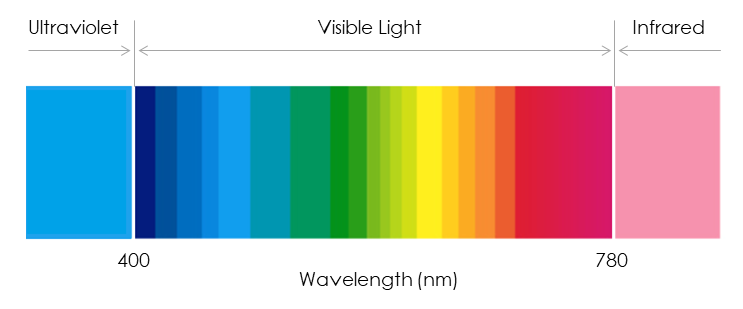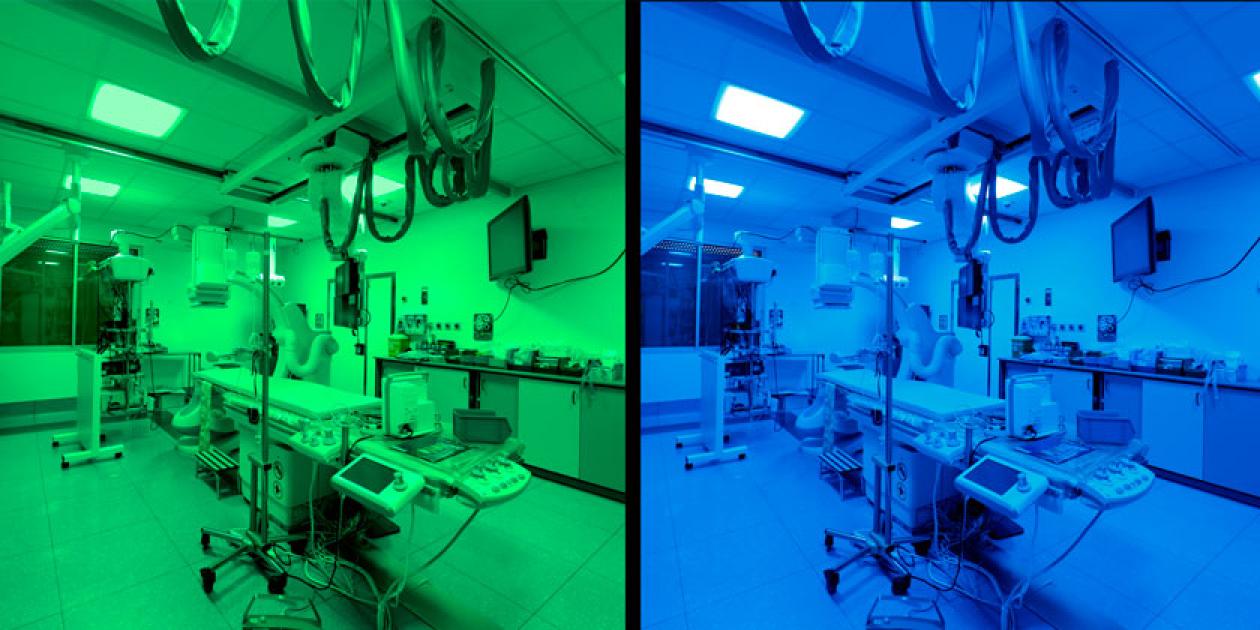Spectrally adapted lighting. SIMON 720 TNW-SPD
In recent years, thanks to the spectacular development of LED technology, the lighting sector has evolved to be able to implement it and obtain the maximum performance possible.
Among the many advantages provided by LEDs we can highlight their high luminous efficiency, the great light control, the possibility of instantaneous regulation or their high chromatic performance; but the most relevant advantage is that for the first time in history we have a source of artificial light that we can adjust or modulate spectrally according to our needs.
Until the advent of LED technology, the possibilities for spectral modulation of artificial light were very limited, and in interior lighting solutions this was an issue that was either left on the back burner or not addressed at all. But today, thanks to LED technology, we have the possibility to design luminaires with the option of modulating the emitted spectrum across the entire range of visible emission of the human eye from 380nm to 780nm - from white light to saturated colours.

In this context, SIMON is analysing special applications that require specific spectral modulations in order to optimise them.
Starting from our reference platform: the SIMON 720BIO 60x60 Low Glare luminaire for HCL (Human Centric Light) or Integrating Light applications, we have evolved to incorporate the possibility of control and modulation of saturated emissions, and thus be able to adjust the final spectral emission of the luminaire for specific or special working conditions.
Under these premises, together with Carlos Disdier Vicente (Head of the Pneumology Department) and Juana Mª Molina Villar (Doctor in charge of the obstetrics and gynaecology department) of the Hospital Clínico Universitario de Valladolid (HCUV), we have analysed two specific areas of application with a very specific needs:
- Broschoscopy and interventional pneumology ward - Need to optimise the visualisation of the screens required during examinations as well as minimising visual fatigue for doctors during interventions.
- In Vitro Fertilisation Laboratory - Need to minimise the risk of HEV (High Energy Visual) radiation damage to the embryos during their manipulation.
In both environments, evolutions of the SIMON 720BIO 60X60 Low Glare luminaires were implemented so that they could be adapted to the new spectral performance required. These new luminaires have, on the one hand, a primary functionality of general biodynamic lighting and, on the other hand, dimmed and configured lighting for the specific tasks to be performed.
GENERAL BIODYNAMIC LIGHTING
For general lighting, these luminaires guarantee a high quality white light emission, low glare UGR<19, and flicker-free over the entire dimming range, as well as the possibility of spectral modulation, obtaining a colour temperature range from 2700K to 5700K while keeping the nominal output flux stable at ±50lm over this range.
Thanks to the spectral modulation features with the nominal flux regulation, we can adapt the light output of the luminaires during the day to provide a greater circadian stimulus for indoors. This type of installation must always be accompanied by a circadian stimulus project and a control project of the daily cycle of the space in order to synchronise the natural or solar light cycle with the circadian cycle of the people who work there.
According to the spectral regulation of the luminaires, for every 100lx of photopic illuminance above the observer (vertical plane), they provide the following melanopic levels:
Once the general lighting of both rooms has been defined, we will analyse the specific spectral modulation performance of these luminaires according to their application.
BROSCHOSCOPY AND INTERVENTIONAL PNEUMOLOGY WARD
Broschoscopy wards are spaces where the projection of images of the patient's examination is highly required. This continuous work with screens produces annoying glare and eyestrain for practitioners, which can lead to errors in diagnosis and long-term visual problems. To minimise these effects, we must adapt the general lighting in the room for this work with screens or monitors.
To continue reading this article and download it in PDF you must log in or register in the portal.
Para poder escribir un comentario debe iniciar sesión o darse de alta en el portal.



























































